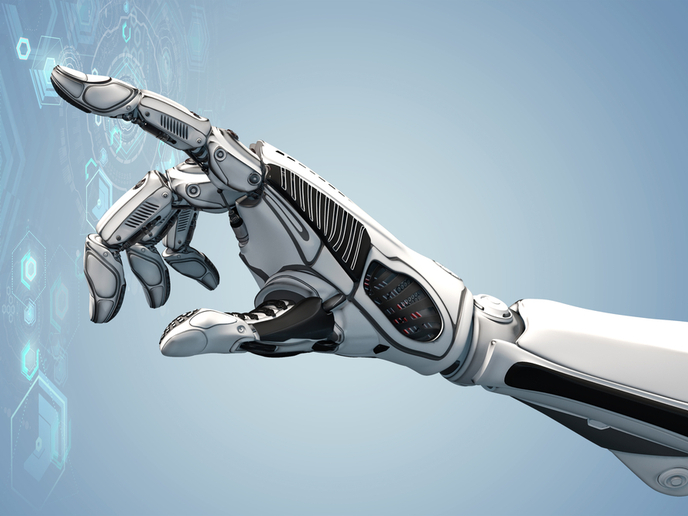AI-powered drones for difficult maintenance tasks
AEROARMS are not your typical drones. To large refineries operating tens of thousands of kilometres of pipes, they offer a unique solution to prevent corrosion and accidents. The drones can fly to the most elevated structures, map them, calculate pipe wall thickness thanks to their ultrasonic sensors, deploy non-destructive test (NDT) sensors, and even perform important maintenance tasks. All this, with the promise of up to EUR 700 000 of savings in inspection costs per refinery per year. The main innovation under the project AEROARMS (AErial RObotic system integrating multiple ARMS and advanced manipulation capabilities for inspection and maintenance) lies in the world’s first intelligent aerial robotic manipulators, including arms and multi-thrust platforms (tilted rotors) that can exert forces in any direction. Thanks to its advanced AI, the drones can hold on to an inspected object with one arm while inspecting it with another. Their talents were successfully demonstrated in real-life situations, including wall thickness measurements of pipes and tanks. “We demonstrated the aerial manipulators in a cement factory in southern Spain and in a refinery in northern Germany. Demonstrations included the installation of permanent sensors in inaccessible sites along with wall thickness measurements, which are very important to evaluate the effect of the corrosion and avoid accidents due to leakages of explosive gases,” says Anibal Ollero, project coordinator, professor and Head of the Robotics, Vision and Control Laboratory at the University of Seville in Spain. This is, of course, just an illustration of the drones’ capabilities. They can be used to install surveillance sensors and communication equipment such as antennas in inaccessible sites or – as demonstrated by the University of Seville and the CATEC Aerospace Technology Center in the AEROBI project – for the detection and evaluation of cracks in bridge pillars or piers, using ultrasonic sensors in the end-effector of their arm. “This is highly relevant when considering the EU’s large number of road and rail bridges that are more than 50 years old, and the need for inspection and assessment of these bridges,” says Ollero. The drones can fly autonomously for most operations, and a backup pilot can always take control in case of emergency situations.
Countless opportunities
Seven months after its end, AEROARMS has been widely acknowledged for its contribution to consolidating aerial manipulation as a new technology field in which AI can be applied. It has led to several industrial applications and the creation of a start-up – Vertical Engineering Solutions (VES) – which is currently developing a new version of the AEROX system – one of the project’s drones developed at CATEC – and has been invited to demonstrate it in the United States within the coming months. In December 2019, the follow-up AERIAL-CORE project was kicked off to push the limits of aerial robotics. “The new project applies Artificial Intelligence to increase the operation range and safety of aerial robots. It aims to implement AI in long-range (kilometres) aerial inspection, aerial manipulation, as well as co-working between aerial robots and people working at height,” explains Ollero. “Meanwhile, my European Research Council (ERC) Advanced Grant GRIFFIN is using the results of AEROARMS to develop a new generation of bioinspired aerial robotic manipulators.” It seems like there is no stopping the innovation wave inspired by AEROARMS, and the future could hold even more surprises. Asked whether he expects applications for other markets to be developed, Ollero answers positively. “I am sure there will be. We are already targeting new applications in agriculture, search and rescue, and even in logistics and transportation where our intelligent aerial manipulators could deliver supplies directly to people while they are working, or at home when they cannot leave.” A very topical idea indeed, when most Europeans are confined to their homes waiting for the Coronavirus crisis to ease.
Keywords
AEROARMS, maintenance, drone, AI, robotic manipulators, inaccessible sites, refinery, pipes







